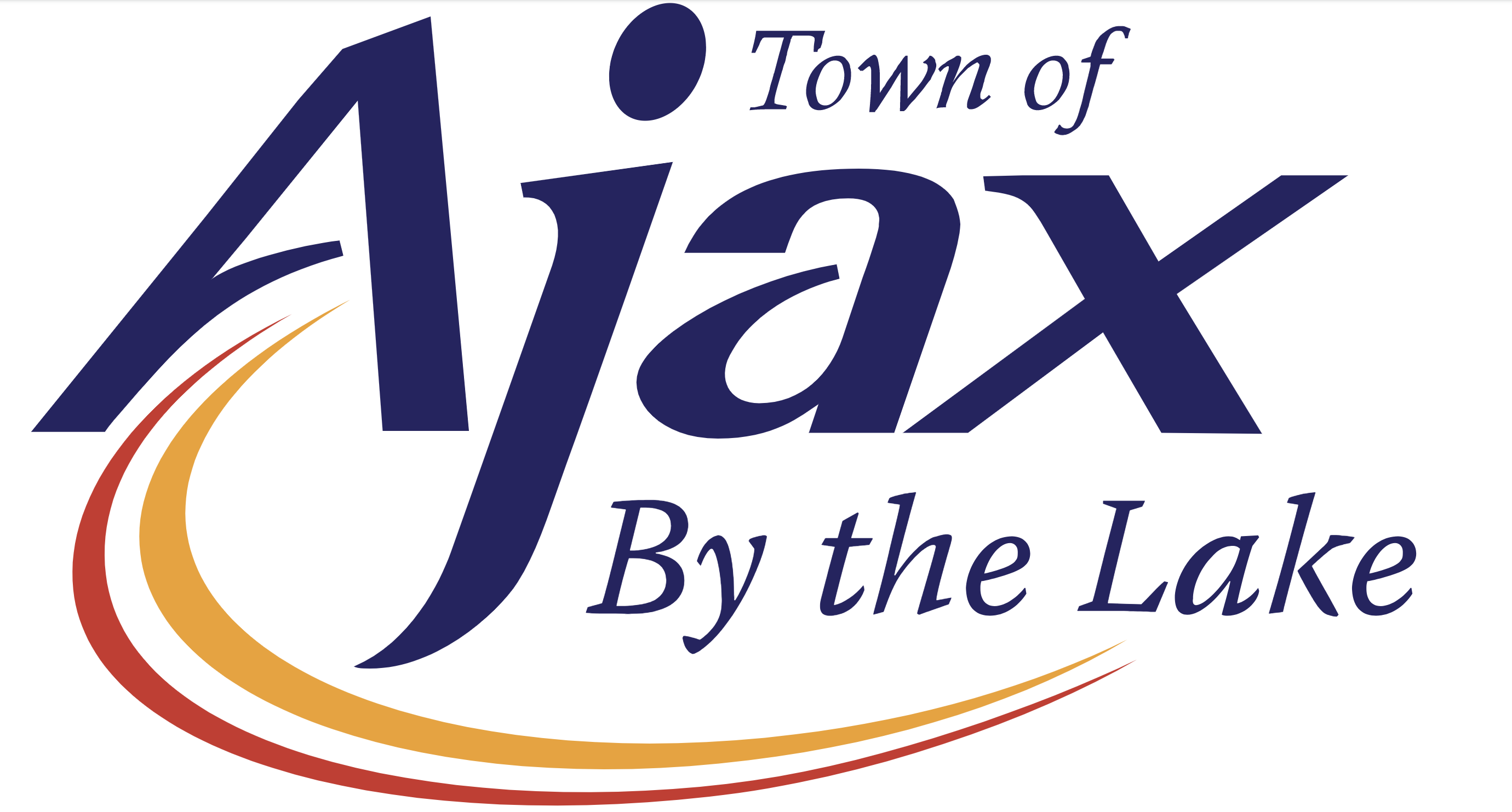Let your users pay the way they really want at no cost to you
Supported payment options
 Credit card
Credit card
 Interac e-Transfer®
Interac e-Transfer®

 Pay with cash or debit at Canada Post
Pay with cash or debit at Canada Post
PaySimply is the easiest and most cost effective way to process payments from your consumers
Reduce your cheque volumes and processing costs by incorporating PaySimply as your payment option. PaySimply is a service offered by Payment Source. This service offers multiple payment methods for your consumers to remit payments to you. There is limited setup for you as a biller. All you need to refer PaySimply is a website – simply publish the link that we will provide. Learn more.
No Fees, Ever
No set up costs or ongoing processing fees to you for referring PaySimply. A convenience fee is charged to your Consumer or the Business making the payment.
No Implementation
Just add a link to your organization’s website. You’ll receive the necessary reports to perform all of your reconciliation and settlement procedures to manage payments received.
Wide Range of Payment Options
Online - All major credit cards, Interac e-Transfer, and PayPal
In Person - User generates a QR code to make payments by cash or debit at any Canada Post location
❜❜
❝ Provides added flexibility and convenience, all at no cost to the municipality.❞
Payment Source (PaySimply) offers our owners a fast, easy and secure option to pay their property taxes online. The setup and implementation processes were quick and seamless. A bonus for us is the ability to download the payments with our daily bank EDI transactions so no manual intervention is required. Property owners are given multiple options for method of payment which provides added flexibility and convenience, all at no cost to the municipality.
Susan Hewlett, CMRP(A), Manager of Taxation │ Tax Section, Town of Ajax

Frequently asked questions
PaySimply operates under a user fee-based model where we apply a fee on top of the principal payment amount. Your organization will never be charged a fee for our service. The convenience fee is shared across the entire value chain to collect, verify, remit and document the processing of a single payment. We understand some methods might be more costly than others, which is why PaySimply provides several payment options to give your clients the choice to pay the way that makes the most sense for them. We make any fees clear and transparent to your users on our home page and at several points in the payment transaction process:
- Credit card 2.5%
- PayPal 2.5%
- Interac e-Transfer 1.0%
- In-person with cash or debit at Canada Post:
| Payment amount | Fee |
|---|---|
| $1.00 to $1,000.00 | $3.95 Fee |
| $1,000.01 to $2,000.00 | $5.95 Fee |
| $2,000.01 to $3,000.00 | $7.95 Fee |
.png)
PaySimply is powered by Payment Source
Recognized as one of Canada’s Best Managed Companies for five years in a row, Payment Source empowers inclusion by providing alternative payment solutions to organizations of all sizes to better serve their customers.
PaySimply is rated 4.5/5 stars by customers.